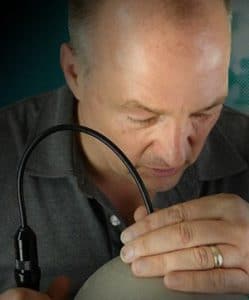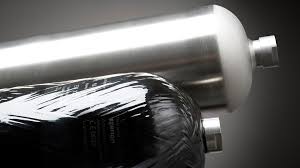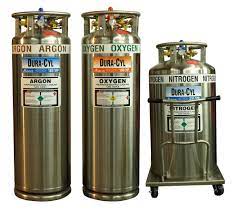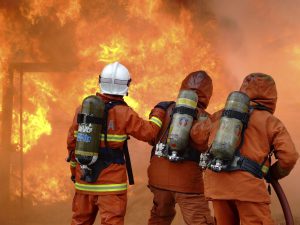
Cylinder Inspection Training: Why a Maintained Cylinder Is a Happy Cylinder
Uncover the importance of gas cylinder inspections and training. Dive deep into ensuring safety, boosting efficiency, and prolonging cylinder life.
Since you are reading this newsletter/blog, you have an interest in being safe around high-pressure cylinders. Whether you are using, transporting, or filling a cylinder you should be aware of the hazards. But how often do you, or those around you, ignore safety protocols? Everyone may slip and forget a safety protocol. And when a safety protocol is NOT followed it does not mean that an incident will occur. The safety protocols are in place to limit the number of incidents. A perfect track record of properly followed safety protocols COULD ensure a 100% safe environment, but likely not. There have been many reported cylinder incidents where the cause is unfounded. It can not be determined who or what caused the incident.
Due to the explosive force after a rupture, much of the underlying cause (evidence) of that rupture is destroyed. Or the resulting fire or structure collapse also destroys evidence of the cause of the incident. The cylinder is missing, parts are never found, or the contents can’t be analyzed. All that is know is that a high-pressure cylinder ruptured. Five incidents in May of 2021 help prove this point:
These 5 cases were during a one-month period in 2021. They all report injuries and deaths, but there are only speculations on the cause. The only fact appears to be that the victims were in the vicinity of a pressurized cylinder. Were the cylinders inspected? Were the persons handling the cylinders trained? Were they being misused, like the video we showed in our last newsletter?
Cylinder safety can’t be ignored, and the fact that there are not more documented cases of ruptures likely shows that most persons and facilities treat the cylinder properly and with respect. But when an incident does occur, could it have been prevented? What negligent action did the fill station operator perform? How did turning on an oxygen bottle cause a rupture? How close was the flame to an oxygen cylinder?
Fill Station Training
Cylinder Inspection Training
Since you are reading this newsletter/blog it is up to you to inform others that common tasks involving a cylinder, specifically an oxygen cylinder, can become dangerous. Below are suggestions you should inform others to perform to remain as safe as possible when handling oxygen cylinders and ALL pressurized cylinders:
Performing these steps can’t guarantee there won’t be an incident involving a cylinder. As stated, it is sometimes unknown what caused a rupture. Working with or around a high-pressure cylinder comes with risk. Which is why they are considered hazardous materials. However, some basic safety steps, and proper training, may help reduce incidents like the ones stated in May of 2021.
It might not be known exactly what caused an incident or rupture. But you can keep your facility safe by being aware of the dangers. Train others in proper safety protocols. Don’t cut corners. Even though you can not create a perfectly safe environment when dealing with hazardous materials, you can take steps to lessen the risks.

I enjoy continuing to build the business based on safety since 1999. CTS focuses on the inspection of high pressure cylinders, the maintaining of the valves and basic maintenance of high pressure compressor systems. CTS stays current in techniques and tools to train both the new and novice employee. We publish articles, update training tools and have created an APP to assist during the inspection process.
#cylinder #safety #hazmat #training #cylinderinspectiontraining #cylindex

Uncover the importance of gas cylinder inspections and training. Dive deep into ensuring safety, boosting efficiency, and prolonging cylinder life.

Is your composite cylinder showing signs of wear? Discover when to seek a professional repair service in our comprehensive guide.

29 CFR 1910.101 intro Handling cryogenic cylinders involves working with extremely low-temperature gases that pose unique safety risks. To ensure the safe handling, storage, and transportation of these hazardous materials,

Introduction Firefighters encounter many risks while on duty, including hazardous materials and high pressure bottles. High pressure bottles are used for a variety of purposes in firefighting, including powering hydraulic